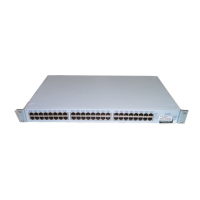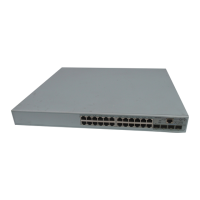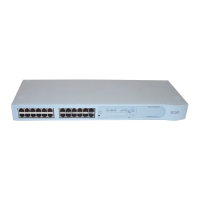Supernetting 115
routing table entry. (See RFC 1519 for detailed information about
Supernetting.)
To do this, supernet addressing does something very different from
traditional TCP/IP routing (which allows only one netmask per network).
In supernet routing, each supernet can be assigned its own netmask.
Since supernet addressing is a fairly complex mechanism, the easiest way
to understand it is to step through the setup process.
Step 1 - Select a netmask for each supernet
Each supernet must have a netmask assigned to it. The netmask for an
individual supernet can be, but does not have to be, the same as the
netmask for any other supernet.
As in subnetting, a netmask creates a division between the network
portion of an address and the host portion of an address. However, since
the network you are defining is larger than a Class C network, the
division you are creating is not in the fourth octet of the address. This
example creates supernets composed of fewer than 254 Class C
networks. So, their netmasks are actually splitting up the third octet in
their IP addresses. See Figure 36
.
Figure 36 Sample CIDR Netmask
Notice that the number of zero bits in the third octet actually dictates the
number of Class C networks in the supernet. Each zero bit makes the
11111100
255.255.252.0
Dictates the number
of Class C networks
Host Portion
Network Portion
A sample
netmask

